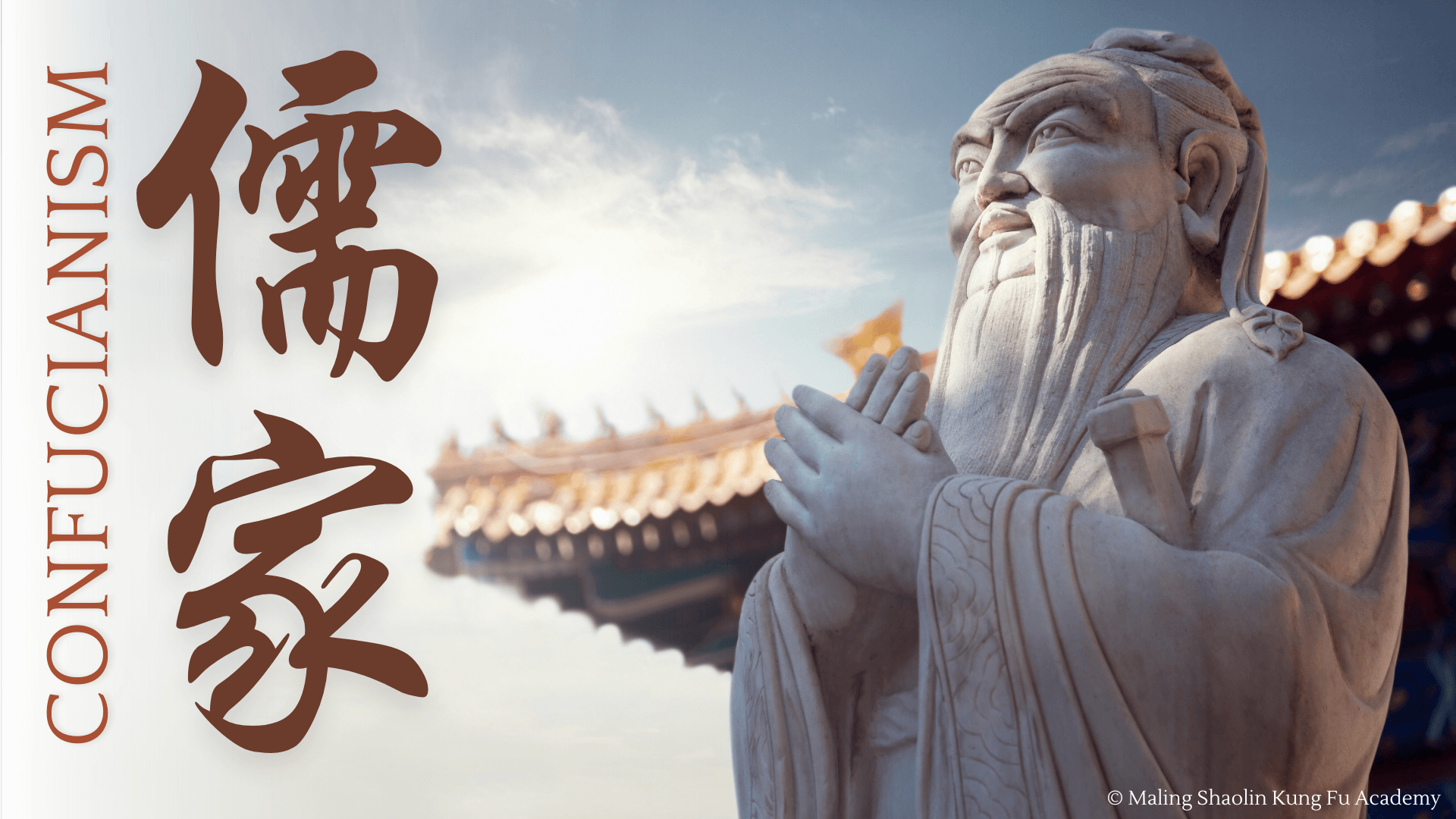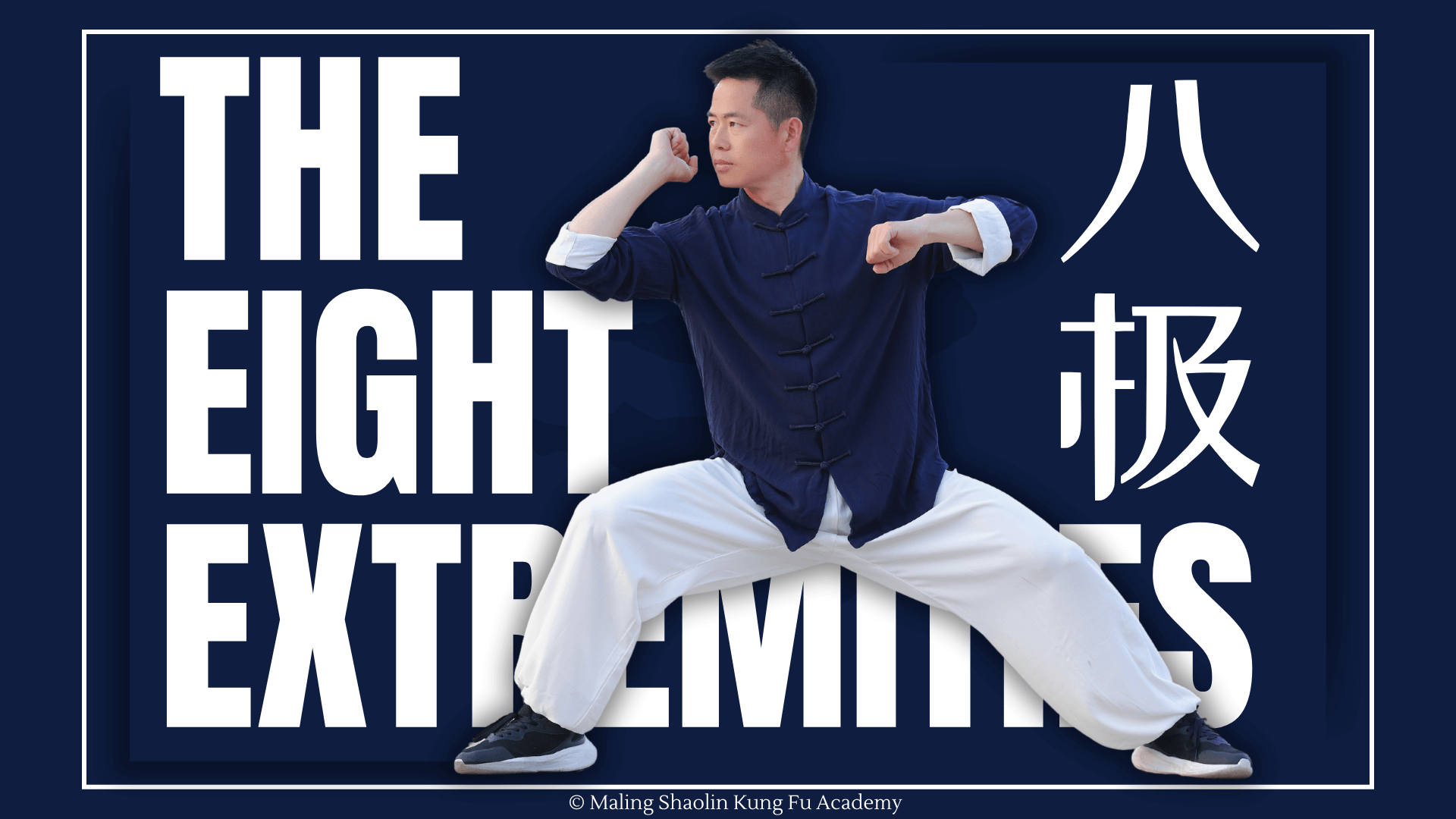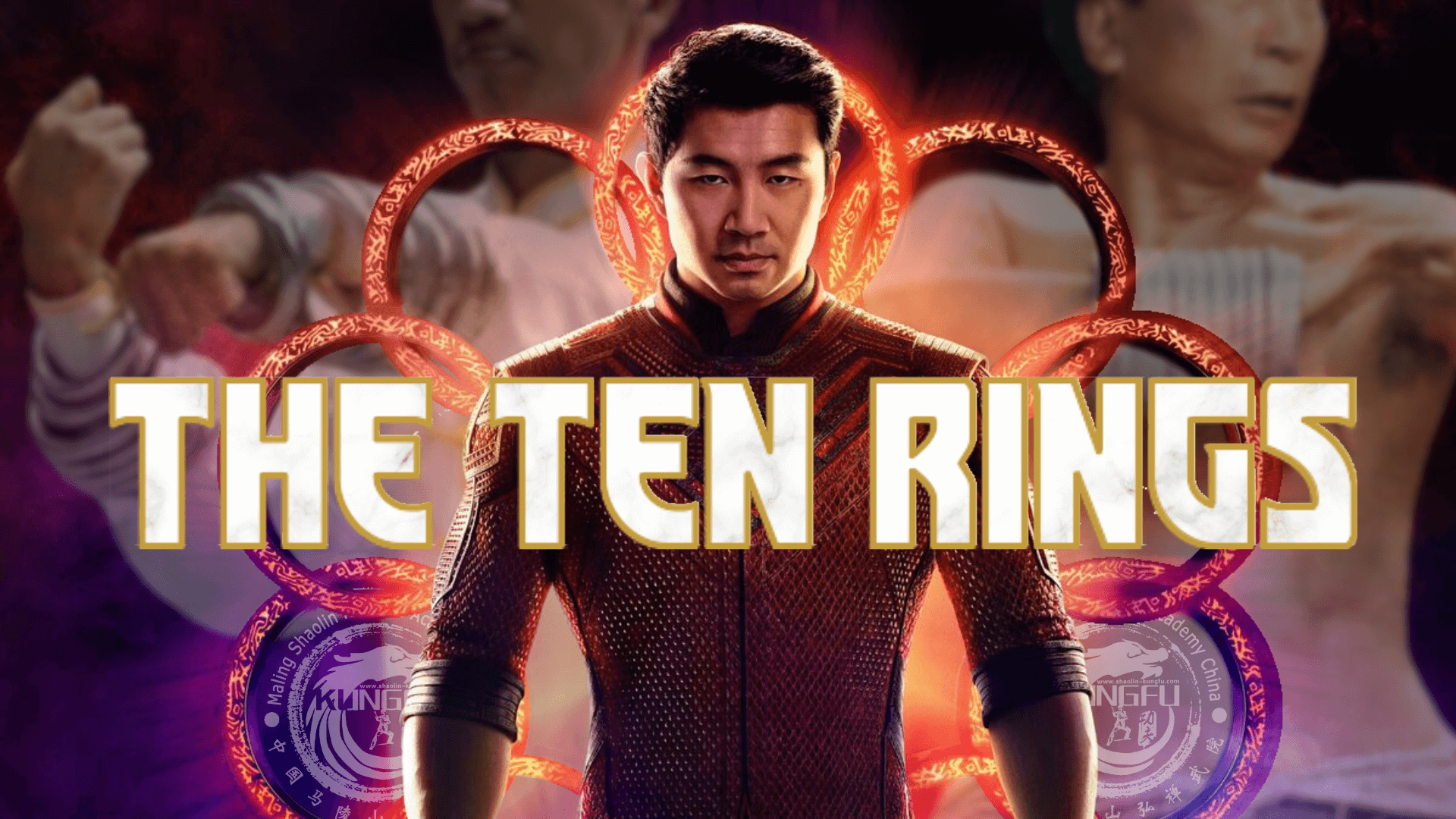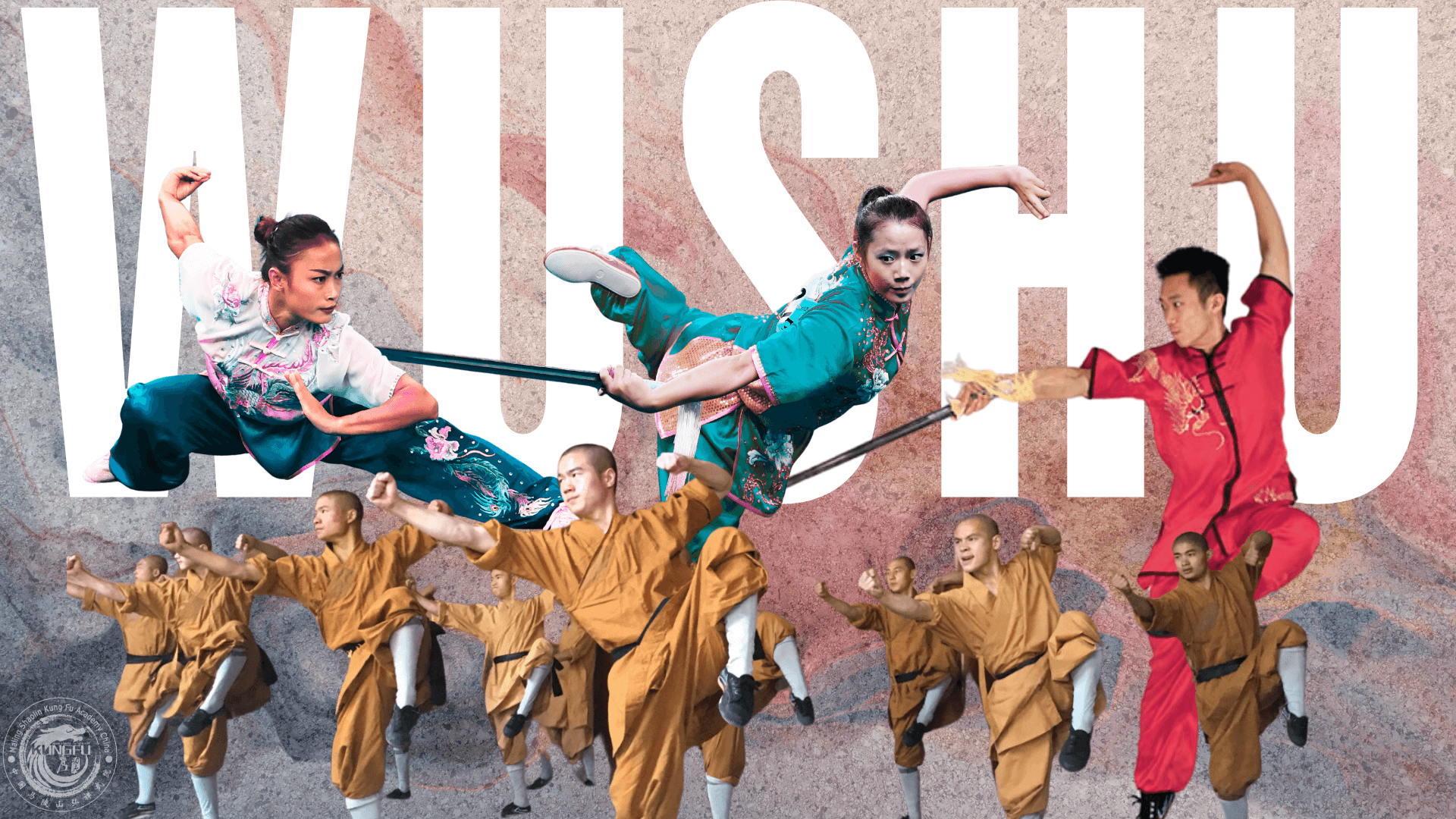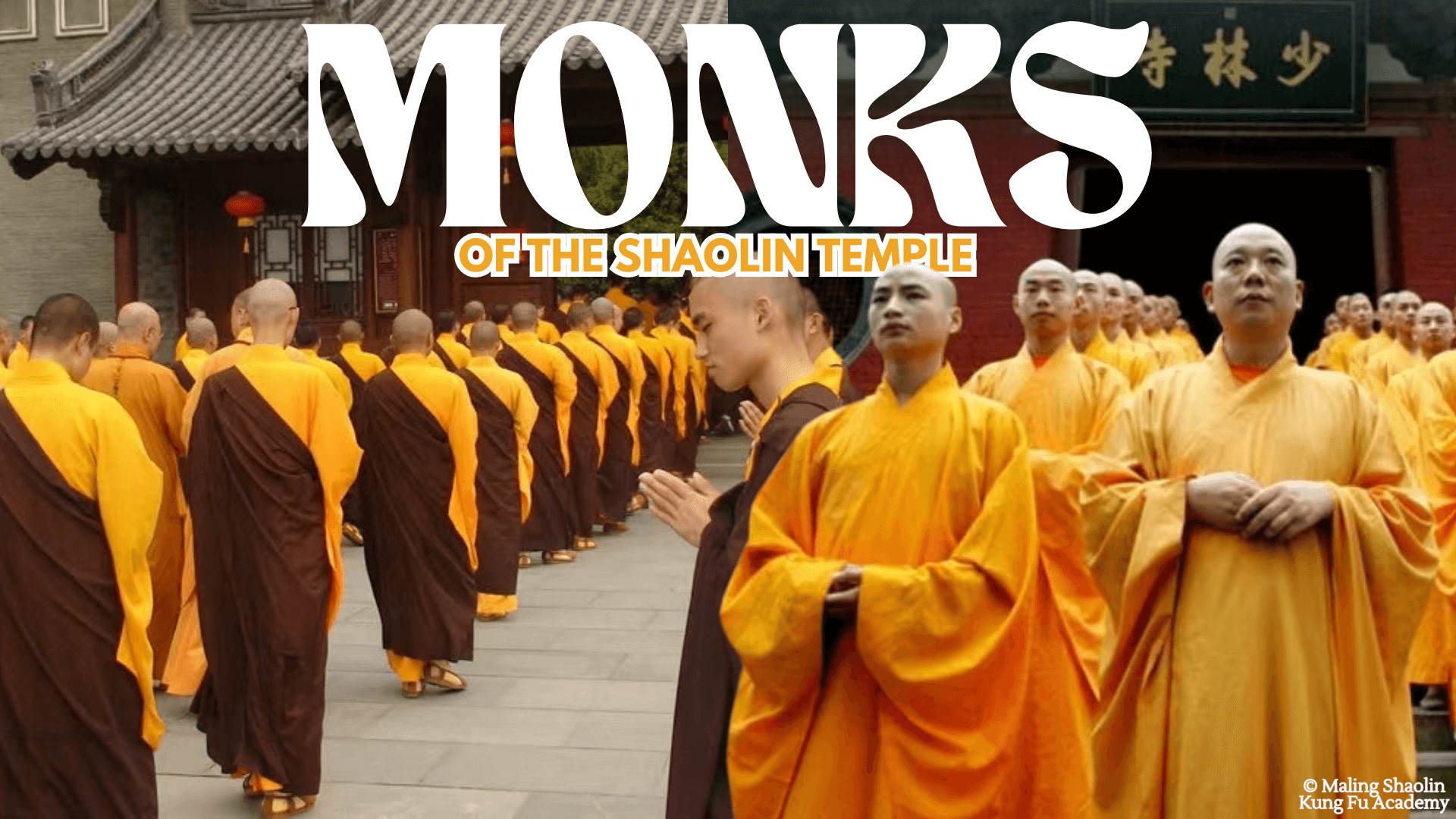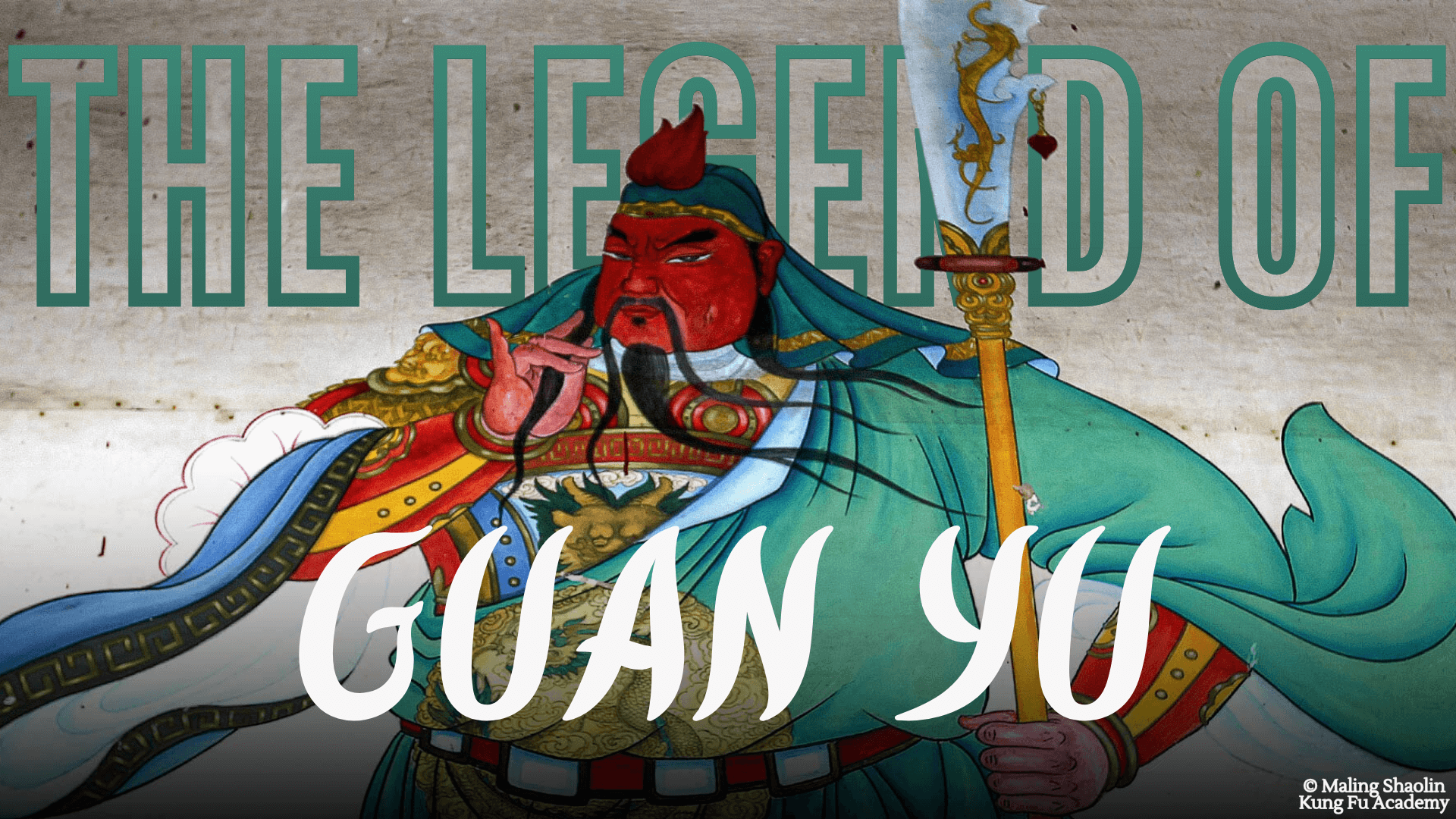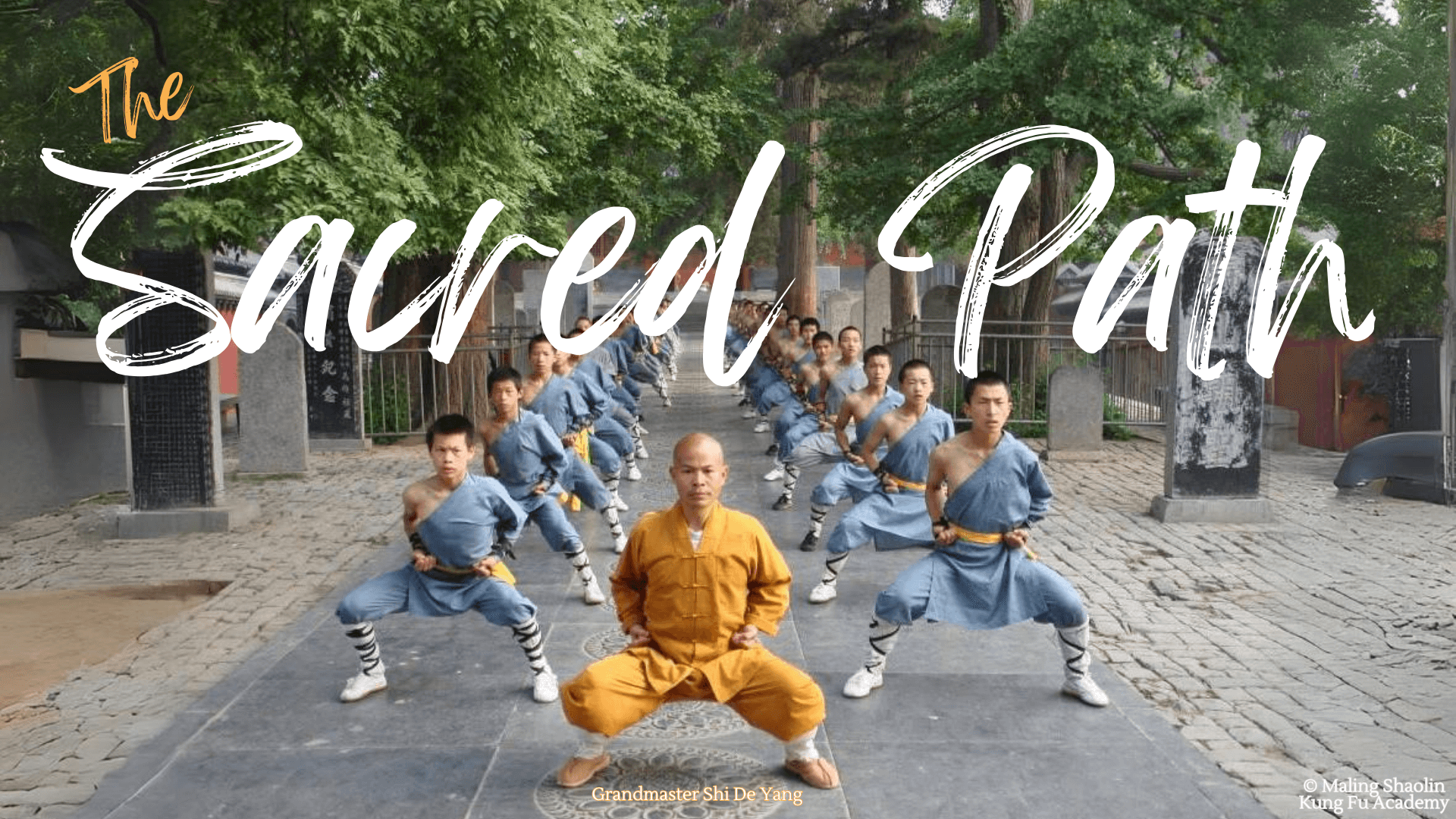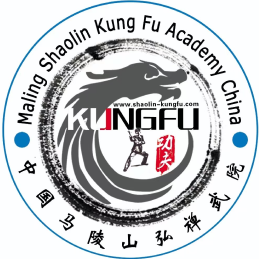Confucianism, named after the philosopher Confucius (551–479 BCE), is a cornerstone of Chinese culture, shaping its social structure, political philosophy, educational system, and ethical thought for over two millennia. Rooted in ancient traditions and values, Confucianism emphasizes harmony, respect for hierarchy, filial piety, and the cultivation of virtue. This article explores the historical development of Confucianism, its key teachings, its impact on Chinese society, and its relevance in modern China.
Baji, or Baji Quan (八极拳), is a traditional Chinese martial art renowned for its explosive power and close-range combat techniques. Often translated as "Eight Extremes Fist," Baji is characterized by its powerful, direct strikes and efficient, practical approach to combat. This blog explores the rich history, etymology, distinctive techniques, and cultural significance of Baji Quan, providing a comprehensive overview of this formidable martial art.
Marvel's "Shang-Chi and the Legend of the Ten Rings" takes audiences on a thrilling journey into the world of martial arts, blending traditional Kung Fu styles with superhero flair. The film introduces us to Shang-Chi, a highly skilled martial artist whose combat prowess reflects a fusion of various Kung Fu disciplines. But did you know the Ten Rings are based on real Kung Fu iron rings? Read on to learn more!
Chinese martial arts have captivated the world with their rich history, diverse techniques, and deep philosophical underpinnings. Within this vast landscape, two terms often come up: Kung Fu and Wushu. While both are integral parts of Chinese martial traditions, they are distinct yet intertwined in their origins, purposes, usage, and practices.
The Shaolin Temple, nestled in the Songshan Mountains of Henan Province, China, is renowned for its rich history and dual traditions of Buddhism and martial arts. Within its sacred grounds, both Buddhist monks and Shaolin warrior monks live and practice, each following distinct paths of spiritual and physical cultivation, providing a fascinating glimpse into two distinct yet intertwined traditions.
In the vast tapestry of China's cultural landscape, the Tibetan, Mongol, Manchu, and Miao ethnicities stand out as vibrant threads, each weaving a distinct story of heritage, tradition, and identity. Through centuries of history and cultural exchange, these four ethnic groups have left an indelible mark on China's rich mosaic of diversity. In this article, we embark on a journey to explore the historical significance, cultural nuances, and contemporary challenges faced by these fascinating ethnic communities.
In the annals of Chinese history and mythology, few figures loom as large as 关羽 (Guan Yu). Renowned for his unwavering loyalty, indomitable courage, and martial prowess, Guan Yu is celebrated as a paragon of heroism and virtue, revered by millions as a deity of war and righteousness. Join us as we delve into the life and legacy of this iconic figure, exploring his role in history, mythology, and popular culture.
For centuries, the Shaolin Temple has served as the cradle of Shaolin Kung Fu, nurturing generations of warrior monks who embody the principles of discipline, courage, and compassion. At the heart of the Shaolin tradition lies the profound bond between master and disciple—a timeless journey of transformation, dedication, and lifelong commitment.
In the vast landscape of Chinese martial arts, there exists a lesser-known yet highly effective combat system known as Qin Na. Translated as "seizing and controlling," Qin Na is an ancient Chinese martial art technique focused on grappling, joint locks, and pressure point manipulation. With roots dating back thousands of years, Qin Na has been practiced by warriors, monks, and martial artists as a means of subduing opponents with minimal force and maximum efficiency.

